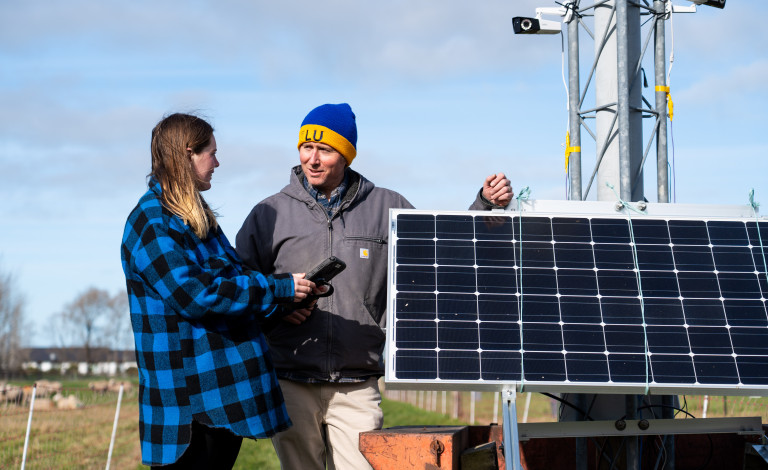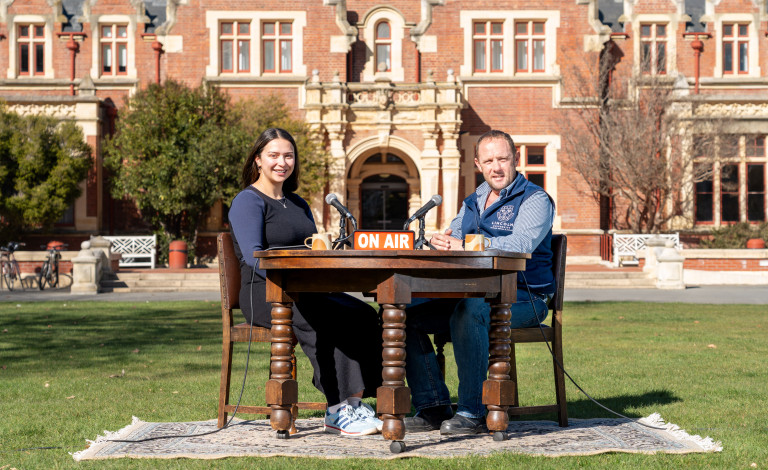Rethinking ageing in Aotearoa through inclusive urban design
07 August 2025 | News
A rapidly ageing population, coupled with a three-year political cycle, creates a perfect storm — one where short-term planning overlooks how demographic change will reshape the urban composition and demand for community resources into the future.
With older adults in Aotearoa New Zealand approaching 25% of the total population by 2050, the country will reach the status of a super-aged society. This level will have massive ramifications for the country’s economy, health sector and leisure industries.
For territorial local authorities (TLAs), tasked with planning for communities across the country, there is good news: cost-effective, community-level initiatives can make a meaningful difference in the lives of many older people. All it takes is a longer-term approach, a commitment to building enduring community partnerships and implementing inclusive urban design.
The World Health Organisation initiated the Age Friendly Cities (AFC) framework and global network to provide TLAs and municipalities worldwide with guidance on policymaking and urban design to enhance the wellbeing of older people. To date, formal membership in the AFC network among New Zealand’s TLAs has been limited.
Examining the progress and challenges associated with AFC engagement, Te Whare Wānaka o Aoraki Lincoln University Senior Lecturer Dr Michael Annear and PhD-candidate Caitlin Hyde co-authored the article, Taking stock of Age-Friendly Cities in Aotearoa New Zealand: Progress, pitfalls and pathways towards healthy ageing published in the Australasian Journal on Ageing.
“AFC is implemented from the grassroots and involves meaningful consultation with older residents, with the outcome of creating age-inclusive environments. When you make urban spaces usable for an 85-year-old, they become suitable for all community members. This type of inclusive design offers many benefits, including improvements to safety, accessibility, walkability, community health, social participation and transportation,” says Dr Annear.
Here in New Zealand, only seven cities or districts have embraced the AFC network process: New Plymouth, Hamilton, Gore, Auckland, Nelson, Napier and Waiararapa. Major urban areas such as Christchurch, Lower Hutt, Dunedin and Wellington are notable absences. The lack of uptake is not just in New Zealand, Dr Annear shares.
“The challenge lies in designing urban spaces based on future population needs when, as a society, planning and political cycles focus on the short term. Worldwide, we see many municipalities embracing short-term solutions rather than innovative age-friendly initiatives that will impact many people. The main barriers are a lack of transparent and dedicated funding for age-friendly initiatives and meaningful engagement with local older adults.”
To encourage TLAs to place greater emphasis on creating spaces and places for older people, Dr Annear suggests utilising volunteers and local organisations to assist in implementing and running local initiatives.
“The first wave of the baby boom generation, who started retiring in 2011, is the wealthiest, most educated and healthiest generation to have ever lived. They are often involved in community projects as volunteers and offer so much with decades worth of knowledge and experience of living in a city or town. Inviting them to participate in community consultation and encouraging their active involvement in planning is an easy way of understanding the needs of older people,” says Dr Annear.
He acknowledges TLAs can suffer from design guideline fatigue, with the pressure to satisfy multiple parties that have differing or vested interests. However, Dr Annear points out barrier-free, child-friendly and universal design policies often result in similar outcomes – bringing those together into one design approach will benefit many in a community.
“Identifying those similarities in policy and building broad political support for our shared future will bring about greater progress. New Zealand is well placed to adopt the AFC framework as we are a young country with modern urban planning strategies in place, along with plenty of open spaces. We just need three crucial elements - new investment, innovative and long-term policy vision and enduring community partnerships.
“When you ask older people what they want in their retirement, their answer is typically to live in their own home and be a part of their local community. That requires a commitment to support them in places that hold meaning and value, with policies and wrap-around services. As a soon-to-be super-aged society, we need to build environments that will contribute to the wellbeing and health of our older people,” says Dr Annear.
For media enquiries, email media@lincoln.ac.nz

